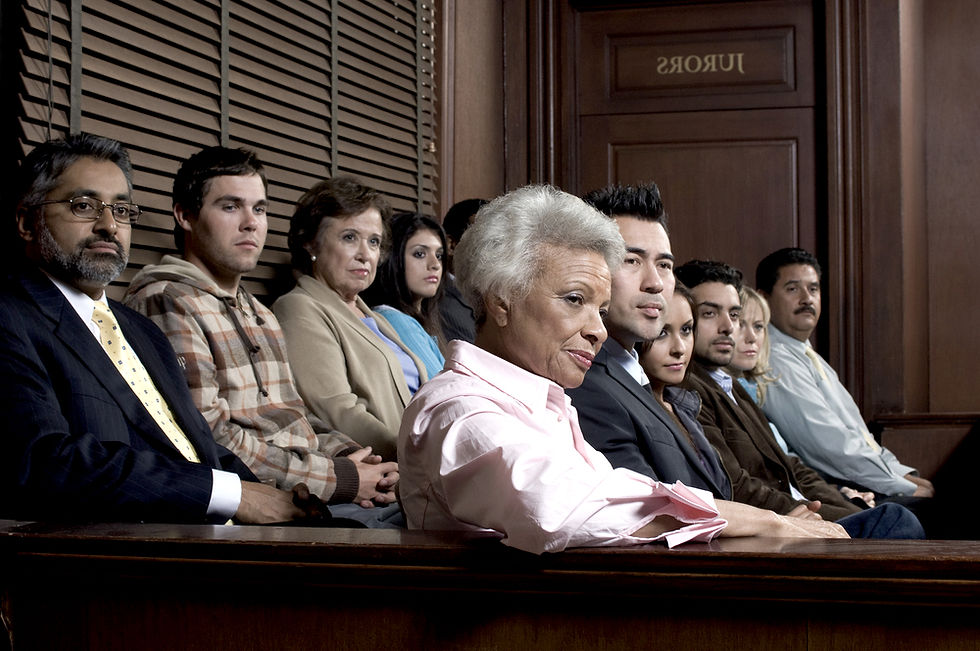TRIAL STRATEGY BASICS: 10 RULES
- Angela Dodge

- Apr 1, 2023
- 1 min read
1. Simplify the case to its basics – K.I.S.S.
If you can’t simplify it, jurors may not understand it.
What exactly will jurors be asked to decide?
2. Tell a narrative story with simple but compelling themes (no more than 3)
If you don’t tell the story, jurors will construct their own.
Tell jurors it is a straightforward case, regardless of how complex facts are.
3. Fill in gaps so the story is consistent and complete
If your story has gaps, jurors will fill in their own.

4. Stimulate juror attention, memory and recall
Give arguments that jurors will remember (“anchors”).
Arm jurors to repeat your key arguments in deliberations, using layperson language.
Use similes and analogies of everyday life: marriage, home, children, work.
5. Use graphics to summarize and clarify
Keep them very simple – no more than 5 ideas per graphic.
Graphics stimulate understanding, memory, and recall.
6. Choose experts who can teach and explain in simple language
Credentials mean little to jurors – the ability to make the complex understandable is most important.
7. Attend to human issues (personalities, motives, etc.)
Motivation is a key consideration – jurors need to know “why?”
8. Use language style and delivery that holds attention, creates visual images
If you can’t hold their attention, jurors won’t understand or remember it.

9. Have a good jury selection plan and follow it
A strong well-prepared case can be lost if you don’t systematically de-select the jury.
10. Always be professional inside the courtroom and out
Jurors are always looking for cues about your credibility.



Comments